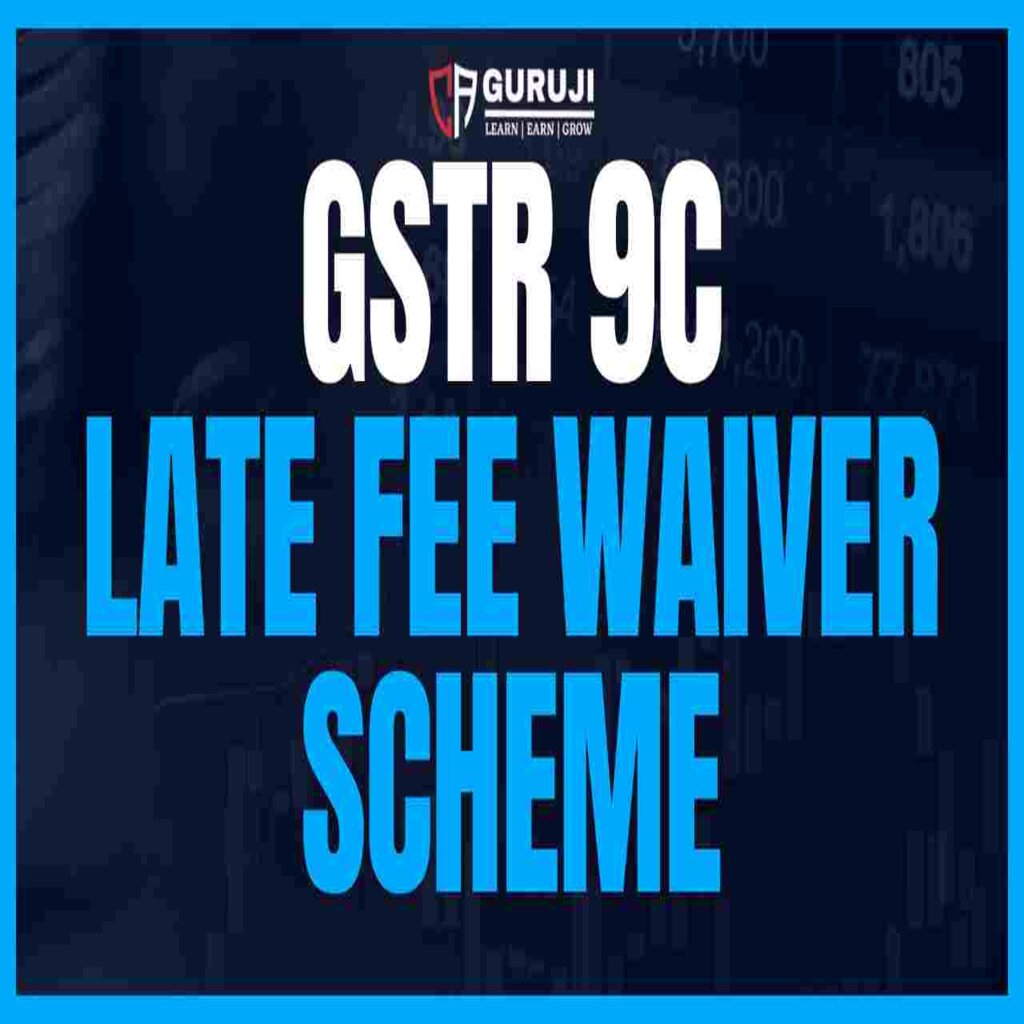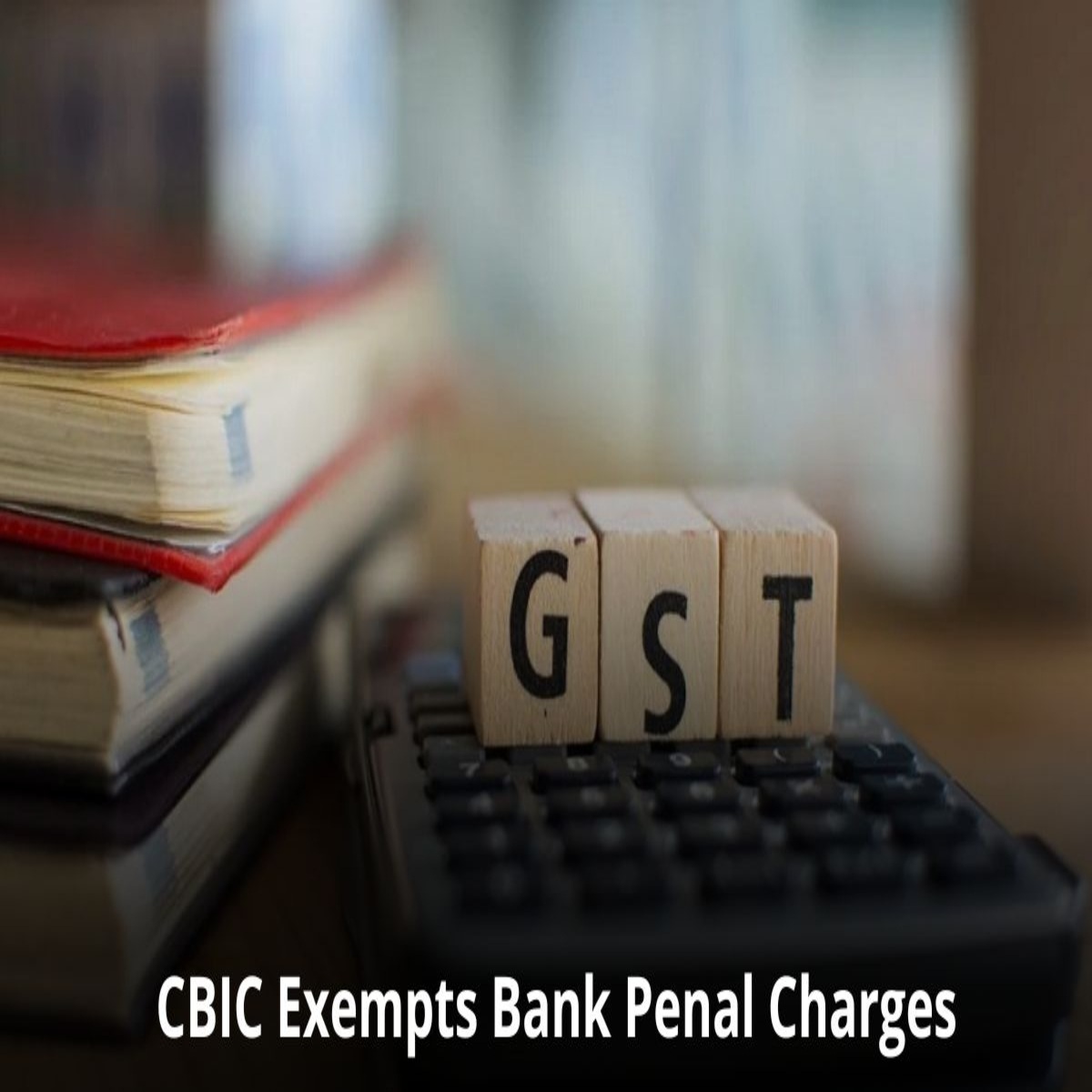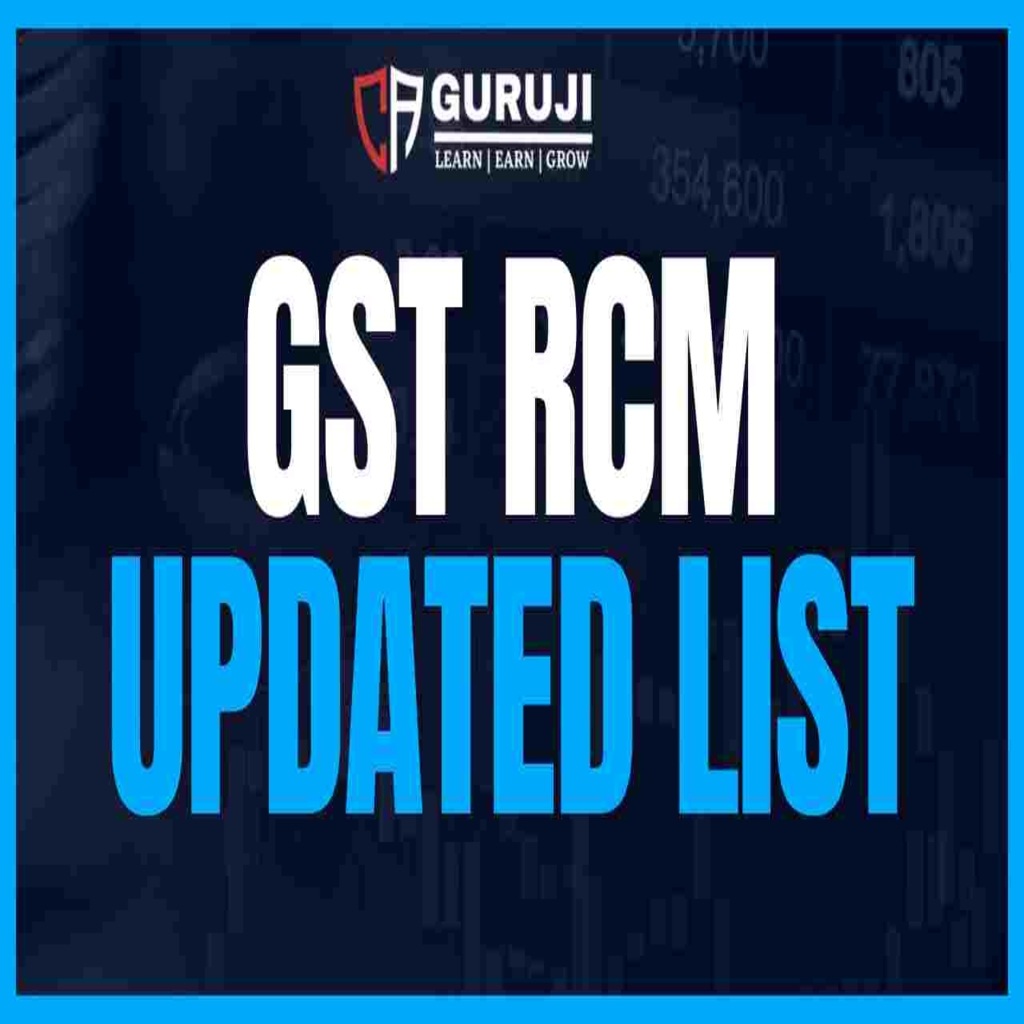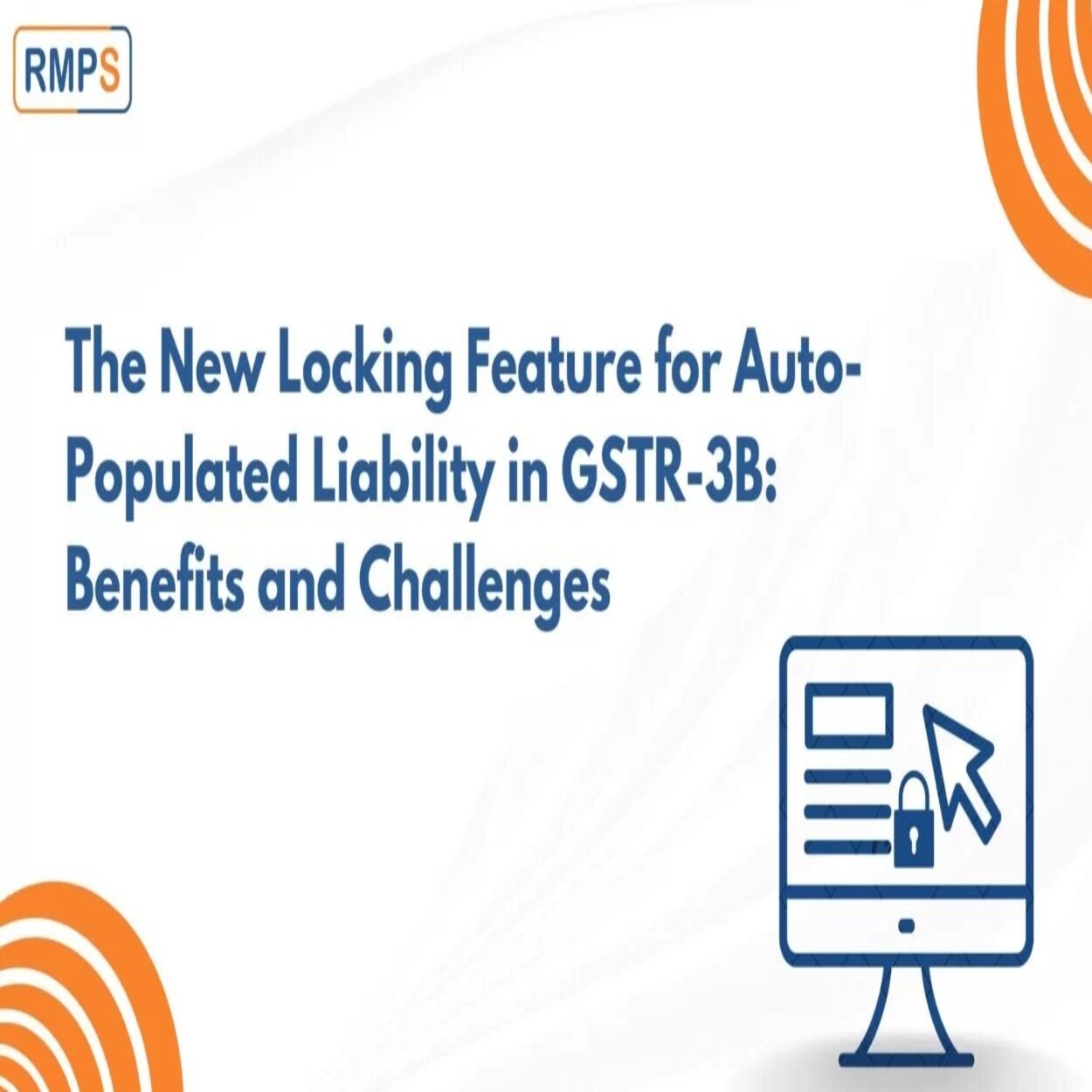As the financial year 2025-26 approaches, it’s essential for businesses to ensure compliance with Goods and Services Tax (GST) regulations. Below is a comprehensive checklist to guide you through the necessary actions:
File Letter of Undertaking (LUT) for Zero-Rated Supplies
If your business engages in zero-rated supplies, such as exporting goods or services or supplying to SEZ units/developers without payment of IGST, you must submit a Letter of Undertaking (LUT) for the financial year 2025-26. Ensure this is filed by March 31, 2025. Option is now available on GST Portal.
Businesses eligible and wishing to opt for the GST Composition Scheme for FY 2025-26 should file Form CMP-02 by March 31, 2025. If transitioning from the regular scheme to the composition scheme, remember to reverse the Input Tax Credit (ITC) claimed on inputs, work-in-progress, finished goods stock as of March 31, 2025, and capital goods (on a reduced percentage basis) by filing Form ITC-03 by May 30, 2025.
Option is now available on GST Porta
Filing of ITC-03 for Transition to Composition Scheme:
In case of transitioning from a regular taxpayer to a composition taxpayer, ITC-03 is required to be filed within 60 days from the commencement of the financial year, i.e., on or before 30th May 2025.
Opt-In or Out of QRMP Scheme
The Quarterly Return Monthly Payment (QRMP) scheme allows registered persons with an aggregate turnover of up to ₹5 crores to file GST returns quarterly while making monthly tax payments. To opt in or out of the QRMP scheme for FY 2025-26, ensure your selection is made by April 30, 2025.
Obtain Declarations from Goods Transport Agencies (GTA)
For FY 2025-26, collect declarations from Goods Transport Agencies (GTA) that opt to pay GST under the forward charge mechanism. This documentation is crucial to justify the non-payment of GST under the reverse charge mechanism (RCM).
Reset Invoice Number Series
As per GST regulations, businesses should start a new invoice series unique to the financial year. This applies to all documents, including tax invoices, credit notes, debit notes, and bills of supply. Implement the new series from April 1, 2025, to ensure compliance.
Recalculate Aggregate Turnover
Reassess your aggregate turnover for FY 2024-25 to determine eligibility and compliance requirements for FY 2025-26. This evaluation affects decisions related to GST registration, the Composition Scheme, the QRMP scheme, e-invoicing mandates, and Rule 86B concerning 1% cash payment.
Reconcile Input Tax Credit (ITC)
Conduct a thorough reconciliation between your books of accounts, GSTR-2B, and GSTR-3B to identify discrepancies. Ensure all eligible ITC for FY 2024-25 is claimed, ineligible ITC is reversed, and any mismatches are addressed promptly.
Settle Reverse Charge Mechanism (RCM) Liabilities
Review all purchases and expenses to identify transactions subject to RCM. Ensure that RCM liabilities are paid, reported in GSTR-3B, and corresponding ITC is claimed where applicable. Maintain self-invoices for all RCM-applicable transactions.
Update HSN Codes
Verify that the correct Harmonized System of Nomenclature (HSN) codes are used in invoices, especially if there have been changes in turnover thresholds affecting the number of digits required.
By diligently following this checklist, businesses can ensure a smooth transition into the new financial year, maintaining compliance with GST regulations and avoiding potential pitfalls.
Implementation of mandatory mentioning of HSN codes in GSTR-1 & GSTR 1A
After successful implementation of Phase-I & Phase-II now Phase-III regarding Table 12 of GSTR-1 & 1A is being implemented, from return period February 2025. In this phase manual entry of HSN has been replaced by choosing correct HSN from given Drop down. Also, Table-12 has been bifurcated into two tabs namely B2B and B2C, to report these supplies separately. Further, validation regarding values of the supplies and tax amounts involved in the same, have also been introduced for both the tabs of Table-12. However in initial period these validations have been kept in warning mode only, which means failing the validation will not be a blocker for filling of GSTR-1& 1A. To view the detailed advisory please click here
Cross Charge:
Identify the common expenses incurred for related or distinct persons on which ITC has been availed by the taxpayer. The taxpayer needs to cross-charge such expenses to the respective entities / GSTIN of the same entity on the basis of turnover (or such other reasonable method of allocation as applicable to the industry).
Introduction of E-Way Bill (EWB) for Gold in Kerala State
It is hereby informed that a new option for generating E-Way Bills (EWB) for gold has been introduced in the EWB system, effective from January 20, 2025. This feature has been made available to facilitate taxpayers in Kerala State to generate EWB for goods classified under Chapter 71, excluding Imitation Jewellery, for intrastate movement, in compliance with the notification issued by the Government of Kerala.
Waiver Scheme under Section 128A
It is to inform that both Forms GST SPL 01 and GST SPL 02 are available in the GST portal and the taxpayers are advised to file applications under waiver scheme.
One of the eligible conditions for filing application under waiver scheme is to withdraw the appeal applications filed against the demand order/notice/statement for which waiver application is to be submitted. In this regard, it is to inform that for the appeal applications (APL 01) filed before First Appellate authority, withdrawal option is already available in the GST portal. However, for the appeal applications (APL 01) filed before 21.03.2023, withdrawal option is not available in GST portal. For such cases, the taxpayers are advised to submit their request for withdrawal of appeal applications to the concerned Appellate Authority. The Appellate authority will forward such requests to GSTN through State Nodal officer for withdrawal of such appeal applications (i.e. filed before 21.03.2023 and not disposed off) from backend.
Difficulty if any faced by the taxpayers may be reported to https://selfservice.gstsystem.in by raising a ticket under category “Issues related to Waiver Scheme”.
Filing of Application for Rectification as per Notn. 22/2024-CT, dtd. 08/10/24, 2024
The Central Government, on the recommendations of the 54th GST Council, had issued Notification No. 22/2024 – CT dated 08.10.2024 and notified that any registered person against whom any order confirming demand for wrong availment of ITC, on account of contravention of provisions of sub-section (4) of section 16 of the said Act had been issued, but where such ITC is now available as per the recently inserted sub-sections (5) and/or (6) of section 16 of the Act, would now be able to file an application for rectification of such demand orders.
A functionality has now been made available on the Portal for taxpayers to file an application for rectification of such orders issued under section 73/74. They can file it, post login, by navigating Services > User Services > My Applications, selecting “Application for rectification of order” in the Application Type field, and clicking on the NEW APPLICATION button. A hyperlink has also been provided on the Portal to download the proforma in Annexure A in word format, required to be uploaded after entering details of the demand order of the ITC wrongly availed on account of contravention of sub-section (4) of section 16 of the CGST Act, now eligible as per sub-section (5) and/or (6) of section 16 of the CGST Act, while filing the application for rectification.
Please click on: https://tutorial.gst.gov.in/downloads/news/step_by_step_process_filing_rectification_application.pdf to view detailed step by step process on filing of rectification application.
Advisory for Form GST DRC-03A
- It has been observed that some taxpayers have paid the demanded amount vide DRC 07/DRC 08/MOV 09/MOV 11/APL 04 through DRC-03 instead of using payment facility ‘Payment towards demand’ available on GST portal. This led to a situation where demand has been paid by the taxpayer, however the demand is not closed in the electronic liability register. To address this issue, the government has notified a new form named GST DRC-03A which was notified vide Notification No. 12/2024 dated. 10th July 2024.
- Accordingly, GSTN has developed the new Form GST DRC-03A on GST portal which is available now to adjust the paid amount through DRC-03 against the corresponding demand order. Therefore, it is advised to the taxpayers to use the DRC-03A form to link the payment made vide DRC-03 with the demand order. Only DRC-03 forms where the cause of payment is either ‘Voluntary’ or ‘Others’ can be used in the Form GST DRC-03A.
- Taxpayers will be required to enter the ARN of the DRC-03 along with the relevant demand order number on the portal. Upon entering the ARN and selecting the demand order number of any outstanding demand, the system will auto-populate relevant information of the DRC-03 form as well as from the specified demand order against which the payment is to be adjusted.
- Once the adjustment is made, corresponding entries will automatically be posted in the taxpayer’s liability ledger to reflect the updated status of demands.
- For detailed process, please click on Detailed Advisory.
- Taxpayer may refer to the FAQson the same topic.
- In case taxpayers face any technical issue, a ticket shall be raised under category ‘DRC-03A-Filing’ on Grievance Redressal Portal:https://selfservice.gstsystem.in
Time Limit for Reporting e-Invoice on the IRP Portal – Lowering of Threshold to AATO 10 Crores and Above
With reference to the earlier advisory dated 13th September 2023 (https://einvoice.gst.gov.in/einvoice/newsandupdates/read-602), where a time limit of 30 days for reporting e-Invoices on IRP portals for taxpayers with an AATO of 100 crores and above was implemented, the threshold has now been lowered to cover taxpayers with an AATO of 10 crores and above.
Therefore, from 1st April 2025, taxpayers with an AATO of 10 crores and above would not be allowed to report e-Invoices older than 30 days from the date of reporting on IRP portals.
This restriction would apply to all document types (Invoices/Credit Notes/Debit Notes) for which an IRN is to be generated.
For example, if an invoice is dated 1st April 2025, it cannot be reported after 30th April 2025. The validation built into the invoice registration portals (IRP) would disallow the user from reporting the e-Invoice after the 30-day window. Hence, it is essential for taxpayers to ensure that they report the e-Invoice within the 30-day window provided by the new time limit.
It is further clarified that there would be no such reporting restriction on taxpayers with an AATO of less than 10 crores as of now
To provide sufficient time for taxpayers to comply with this requirement, the above limit would come into effect from 1st April 2025 onwards.










